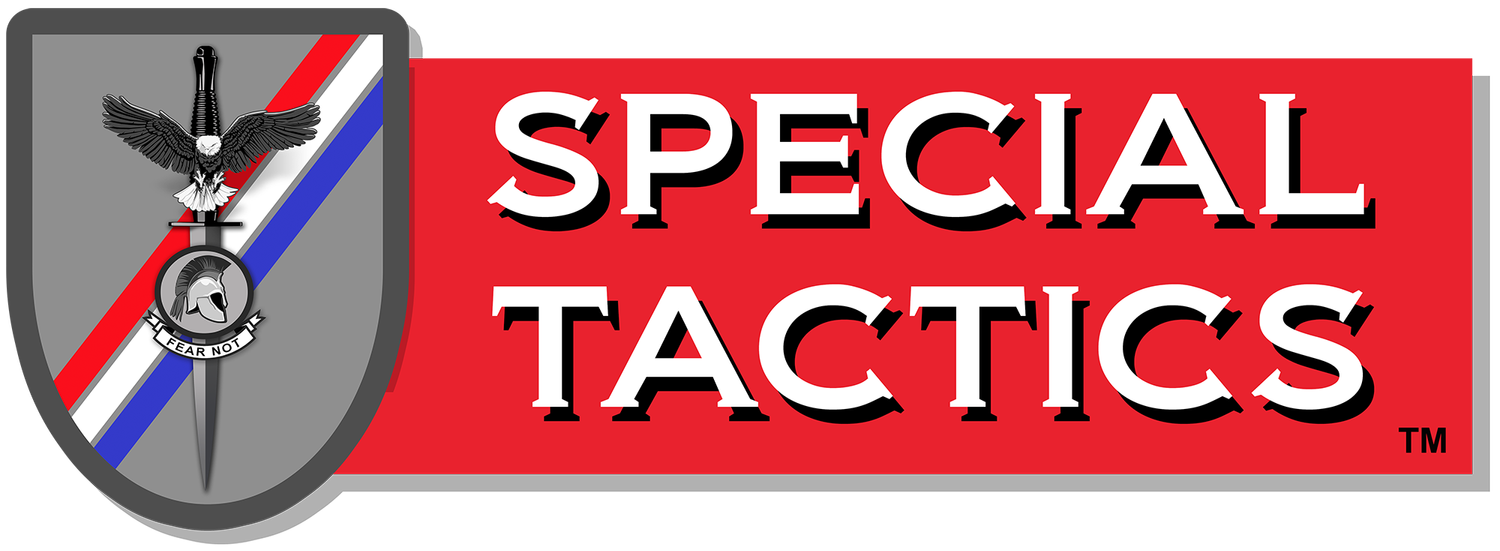CAT-C Marksmanship: Unexpected Outcomes and Hidden Challenges
This article is adapted from our new Outcomes Based Learning Professional Handbook, developed in collaboration with Maverick Leadership, LLC. The article discusses how unexpected training outcomes can present hidden challenges, even for those who are experienced at implementing OBL. We welcome your reactions, comments and ideas on our Facebook page and if you like the article. Click below if you would like to purchase a hardcopy of the book from our online store or the Kindle E-Book on Amazon.
CAT-C Marksmanship: Unexpected Outcomes and Hidden Challenges
NOTE: If you are unfamiliar with the Combat Applications Training Course (CAT-C) you might want to read our previous article for background before reading this one. CLICK HERE to go to the previous article.
In implementing outcomes-based training it is difficult to predict every potential outcome that can result from a training event. Everything that students experience in training can potentially have a deep and significant effect on their mindset and development. To illustrate this concept, we will use a short story taken from a CAT-C course that was run by a Special Tactics senior advisor during the early days of the Iraq war.
This particular CAT-C course was a “train the trainer” course, designed to teach senior NCOs and junior officers from a conventional unit how to design and run CAT-C training for their own Soldiers. The facilitator had already run the unit through the CAT-C training methodology and he was observing a training evolution that called for students to execute a drill one at a time that involved moving from cover to cover while shooting.
There were two lines of students waiting to shoot. As the facilitator walked by the first line, he listened to what the students waiting in line were talking about. They were laughing and joking, talking about their plans for the weekend, sports, their trucks and girlfriends. The instructor continued walking and got to the second line. The students in the second line were all talking about the training, discussing what they did well and poorly during the exercise and sharing ideas, tips and recommendations for how to improve. The students in this second line were also all shooting much better than the students in the first line.
The instructor found this very perplexing. Could it be possible that all of the most motivated, skilled and intelligent students decided to go to the second line? What was the cause for this glaring disparity between the conversations taking place in the first line and the conversations taking place in the second line?
Wanting to learn more, the instructor walked over to the coaches who were monitoring each line and offering feedback on student performance. Once a student would finish the exercise, he would walk up to the coach and conduct an AAR (After Action Review). In an effort to learn what was causing the difference in performance between the two lines, the facilitator decided to stop and listen in to a few of these AAR discussions in each line.
The coach of the first line would call the student forward and then proceed to point out in detail everything the student did right or wrong and then send the student to the back of the line. The coach in the second line would call the student forward and ask one simple question: “How do you think you did?” This second coach would then wait for the student to respond and not say anything until the student had taken some time to think about the question and made an effort to self-assess. After the student finished the self-assessment, the coach would then go on to add his own comments and discuss what the student did well and poorly.
This story provides an excellent example of how even small, seemingly insignificant aspects of a training program can have an overwhelmingly powerful effect on training outcomes at the subconscious level. What was the message being transmitted to students in the first line?
You did this right and you did this wrong. You are not required to think or self-assess. Your teachers will tell you what you have to do to improve. You do not need to seek improvement on your own.
Now, what was the message the students received in the second line?
Your opinion is valuable. Your instructors don’t claim to have all the answers. We want you to use your brain and assess your own performance. You are responsible for your own learning and self-improvement.
One simple question caused the second line of students to be much more effective and more engaged in the training than the first line of students. Both lines were implementing outcomes-based training principles and guided by highly experienced instructors. Both lines were achieving the surface-level outcomes of students learning to shoot under realistic conditions but only the second line was achieving the deeper outcome of encouraging critical thinking and self-assessment.
When designing courses, it is therefore critical not only to consider the desired outcomes for training, but also important to attempt to anticipate the unexpected outcomes that might emerge from the training experience. This is not always an easy task and it requires careful thinking and detailed planning, along with effective methods for monitoring and assessing training outcomes. We discuss these concepts in more detail in the full version of the Outcomes Based Learning Professional Handbook.
We hope you found the short article useful and once again we welcome your reactions, comments or suggestions on our Facebook page where we frequently hold constructive discussions on tactics with people from various tactical backgrounds and experience levels. Also, click below if you would like to purchase a hardcopy of the book from our online store or the Kindle E-Book on Amazon.

